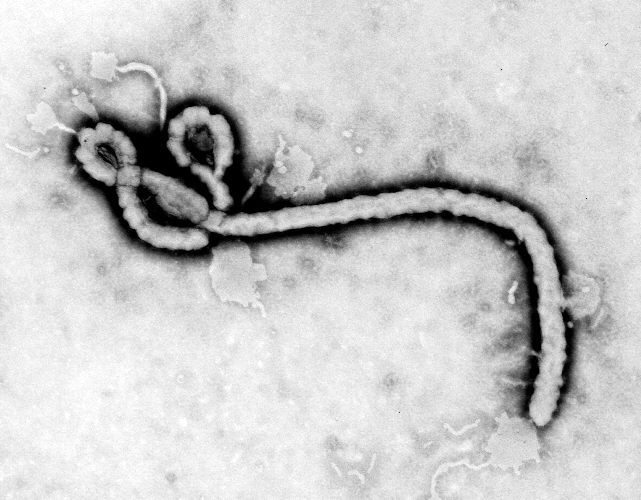US Ebola Patient to Be Admitted to Maryland Hospital

A U.S. health care worker who was volunteering in Africa has tested positive for Ebola, and is returning to the United States for treatment, health officials say.
The patient will be admitted to the National Institutes of Health Clinical Center in Bethesda, Maryland — a high-level containment facility — tomorrow (March 13), the NIH said in a statement today. The patient was working in Sierra Leone and will be flown to the United States in isolation on a chartered aircraft.
This will be the second patient with Ebola admitted to the NIH Clinical Center. Nurse Nina Pham, who became infected with Ebola while treating a patient at the Texas hospital where she worked, was treated at the NIH center last October, and recovered from the disease.
The ongoing Ebola outbreak in West Africa has now sickened nearly 25,000 people in Guinea, Liberia and Sierra Leone, according to the Centers for Disease Control and Prevention. And the number of deaths from the disease has now reached 10,000, according to a report that the CDC posted earlier today (March 12). [Where Did Ebola Come From?]
Ebola can be spread only through contact with a sick person or their bodily fluids. Health care workers are at higher risk of contracting the virus because they are on the front lines of treatment. As they care for patients, these health care workers may perform procedures that bring a higher risk of contact with bodily fluids, such as inserting a tube to help a patient breathe intubation. They also typically care for patients whohave reached the stage of the infection with the most symptoms, including vomiting, diarrhea and bleeding.
The NIH hospital also admitted two people who were exposed to the Ebola virus while working in West Africa, but those people were later found to not be infected. The staff at the hospital is highly trained in how to prevent the spread of infections in a health care setting, and access to the unit is strictly controlled, the NIH said.
Follow Live Science @livescience, Facebook & Google+. Originally published on Live Science.
Get the world’s most fascinating discoveries delivered straight to your inbox.



